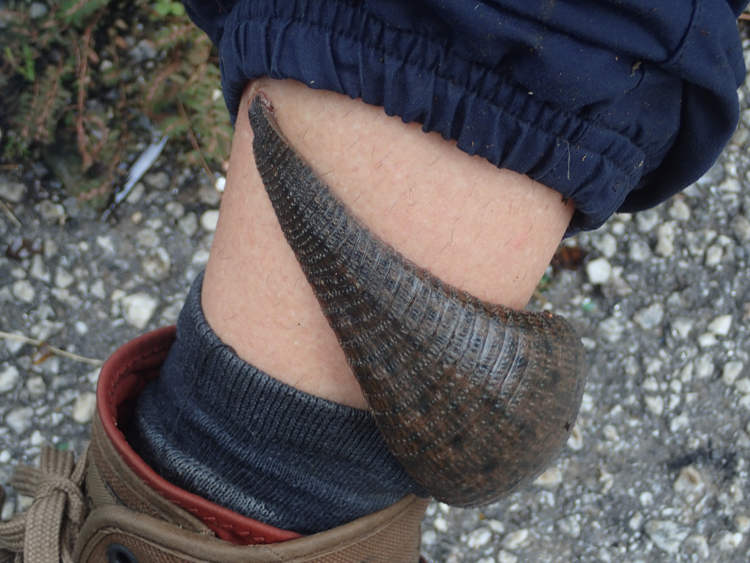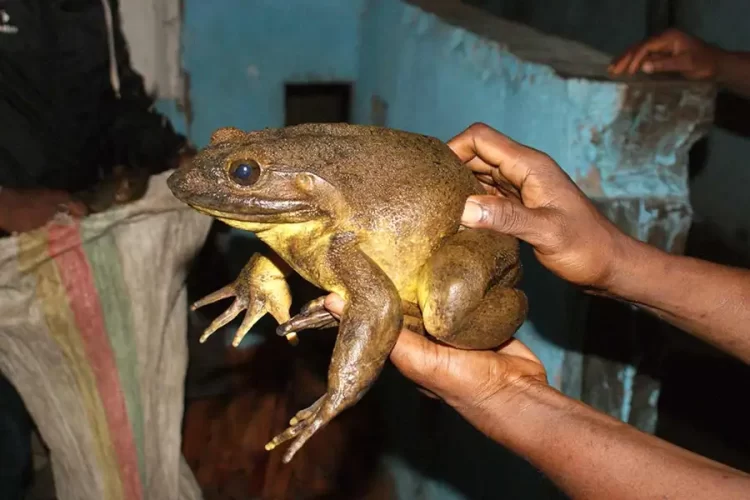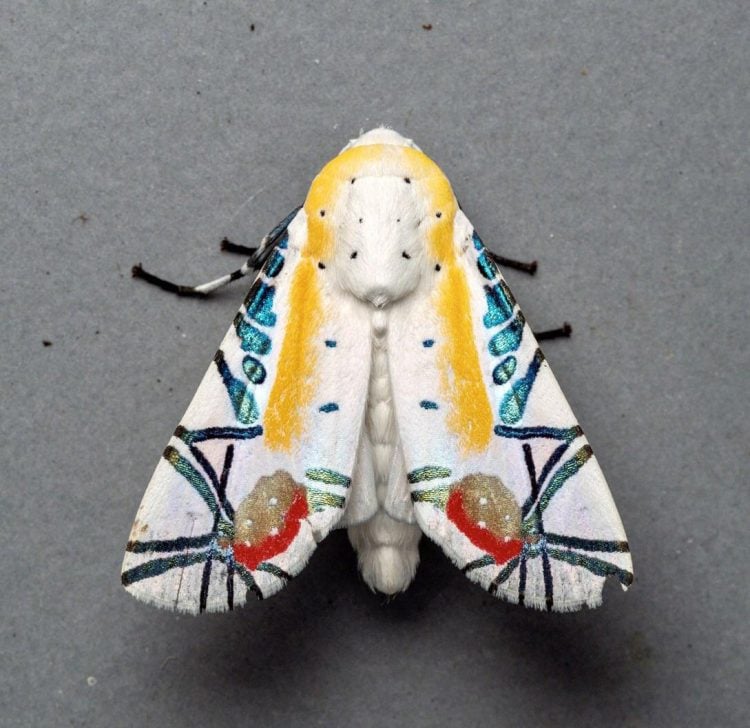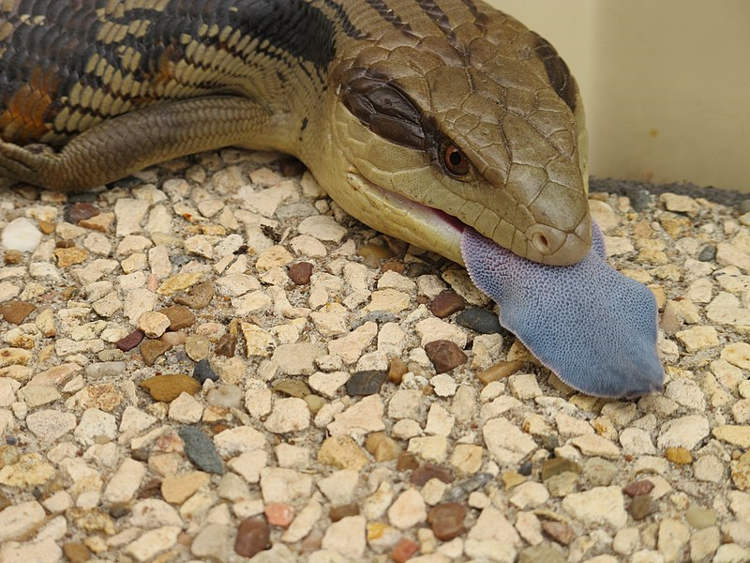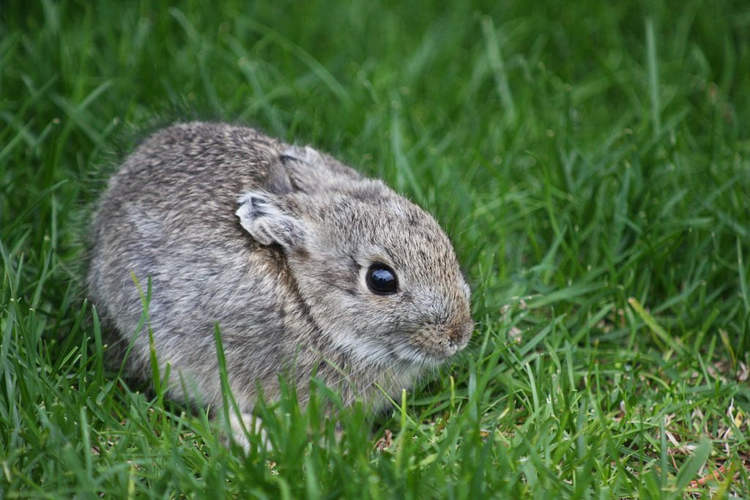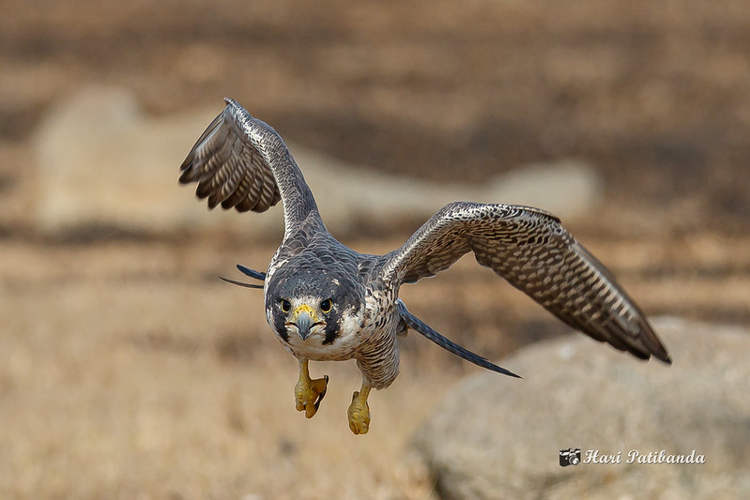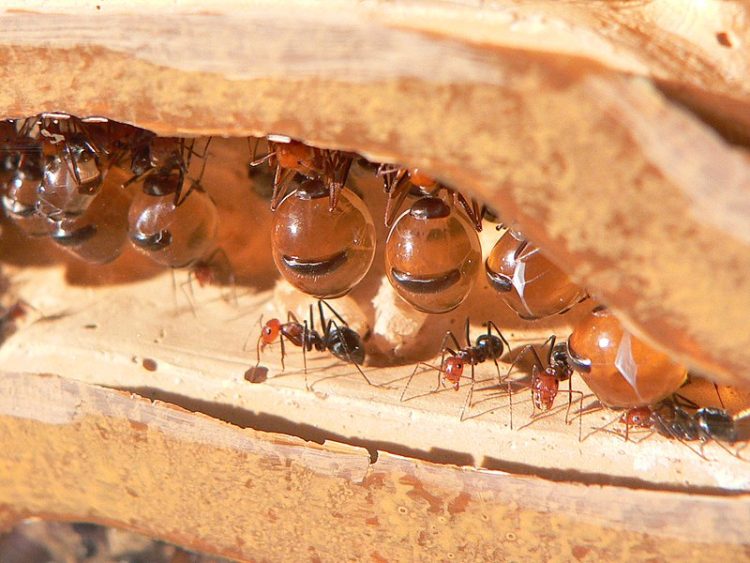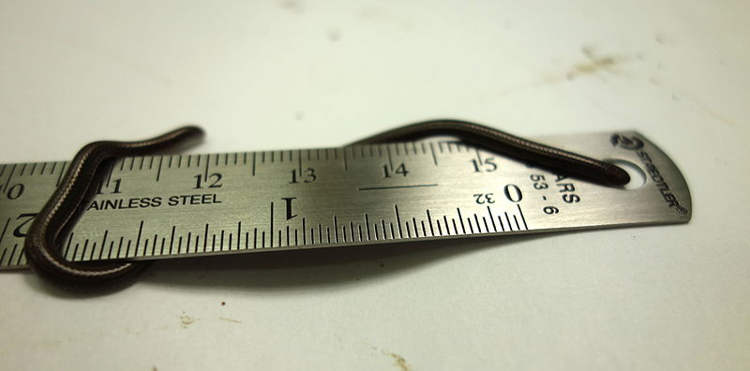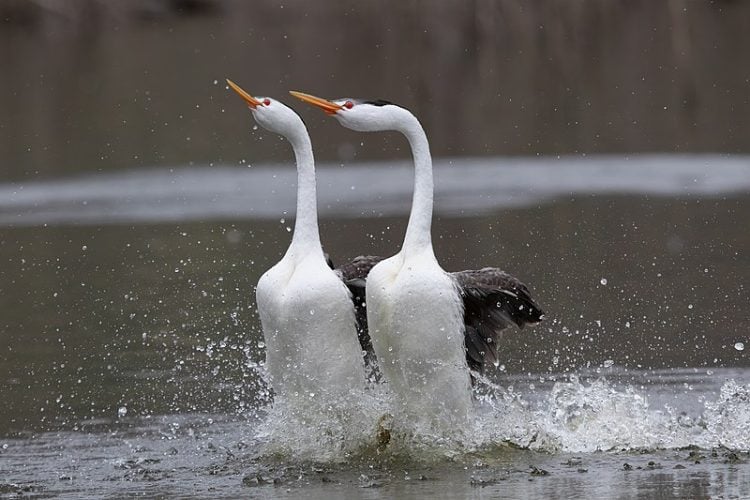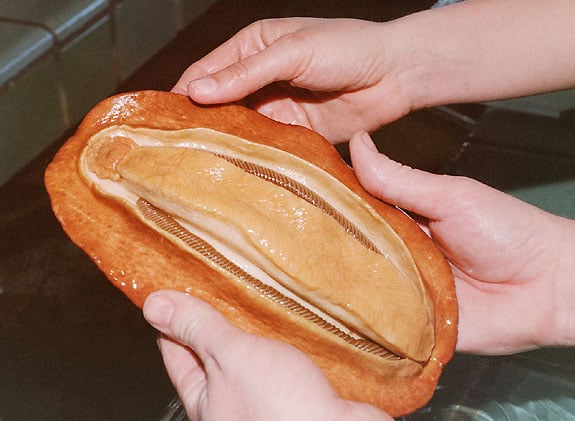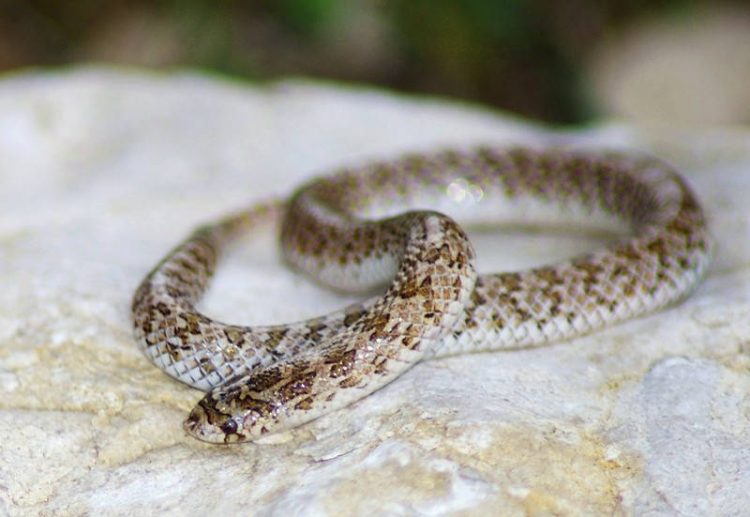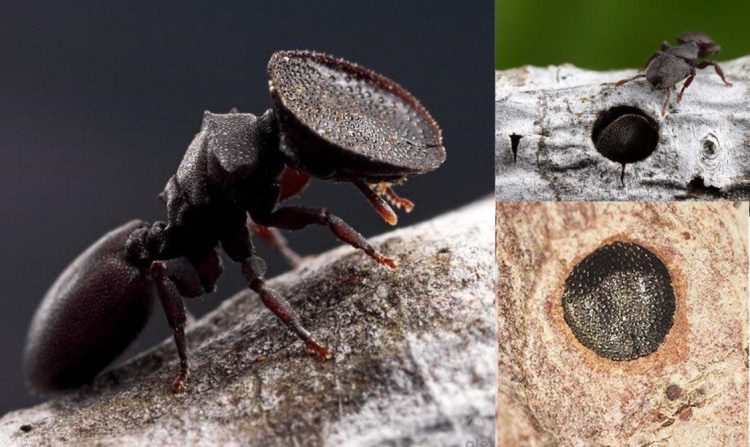Haementeria ghilianii or the Amazonian Giant Leech is the world’s largest leech by quite a significant margin, growing up to 18 inches (46 cm) long.
Leeches are found in wet and humid areas all over the globe, and while most are smaller than the average person’s index finger, a few can grow a lot longer than that. But one particular species of leech can get so big that it is considered the stuff of nightmares. Haementeria ghilianii, also known as the Amazonian Giant Leech, is an elusive leech that can only be found in French Guyana and certain nearby areas in Brazil, so you’re unlikely to run into one unless you live there, but photos of this slimy critter should be enough to send shivers down your spine. While most specimens measure between 30 and 35 centimeters, exceptional specimens can grow up to 46 cm long.

